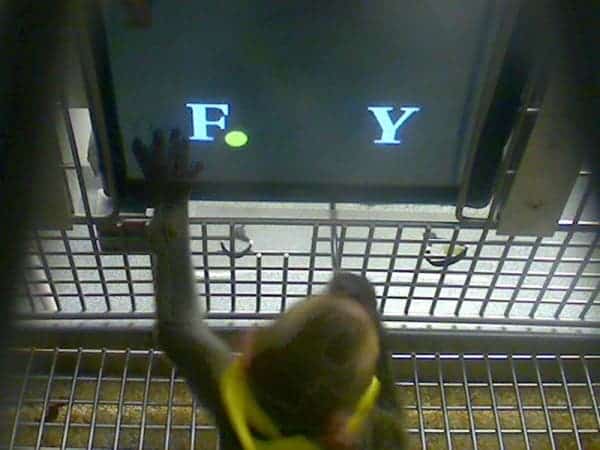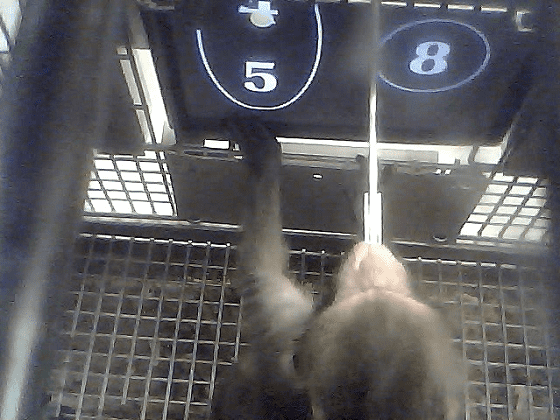
It’s long been supposed that monkeys are capable of mental arithmetics, but it was only recently that this was proven for a fact by neuroscientists at the Margaret Livingstone of Harvard Medical School in Boston. The researchers taught three rhesus macaques to identify symbols representing the numbers zero to 25, then when given the choice between two panels, one depicting a number symbol and the other depicting an addition of two other symbols, the monkeys proved they could do math and choose which of the two was bigger. This doesn’t just mean that monkeys are smarter than everyone might have thought; it also raises important questions as to how mammalians brains, including those of us humans, work and engage with our surroundings.
Previously, researchers showed that chimpanzees could add single-digit numbers. The results were nothing short of remarkable, but the study didn’t conclude what process go on in the primate’s brain when this addition was going on. The new study which studied the rhesus monkeys sheds more light on these aspects.
Margaret Livingstone of Harvard Medical School in Boston and colleagues trained three monkeys to associate the Arabic numbers 0 through 9 and 15 select letters with the values zero through 25. To receive food, the monkey had to choose between two boards: one that showed an addition of two symbols and the other only one symbol. If the monkey chose the greater number of the two, it received more tasty food. Within 4 months, the monkeys had learned how the task worked and were able to effectively add two symbols and compare the sum to a third, single symbol.
So be certain the monkeys were simply memorizing the symbols and all possible combinations (that’s no how arithmetic works, clearly), the researchers introduced an entirely different set of symbols representing the numbers zero to 25 in the form of tetris-like blocks instead of the familiar Arabic numbers and Latin letters. According to the study, all three monkeys were on average capable of choosing the correct answer “well above” 50 percent of the time, which is statistically relevant enough to infer that the rhesus monkeys could actually do the math and not simply rely on chance.

What’s interesting to note is that after the researchers analyzed their findings in greater deal they began to understand why the monkeys weren’t right most of the time with their calculations. Apparently, they tended to underestimate a sum compared with a single symbol when the two were close in value—sometimes choosing, for example, a 13 over the sum of eight and six. Basically, when the monkey was adding two numbers, it paid close attention to the large of the two and then added only a fraction of the lesser number to make up the sum; which obviously came out wrong from the real answer.
This peculiar, since one prevailing theory on how the brain processes number representations is that it underestimates the value of larger numbers in a systematic and unchangeable way. The present findings contradict this idea and may help researchers better understand how human beings process numbers. Also, the findings could also help shed light on dyscalculia (similar to dyslexia, only it involves failing to perform mathematical operations instead of reading – an interesting piece about it worth reading here). It’s not that people with dyscalculia have an intellect comparable with rhesus monkeys – far from it, apart from their disability to perform arithmetic, they’re totally cognitively functioning human beings. Estimating values, the present study suggests, may be key to how addition works.
Results were published in the journal PNAS.






